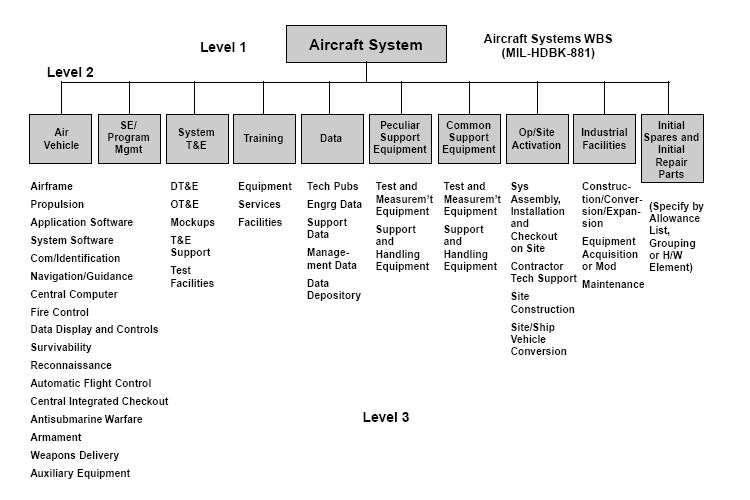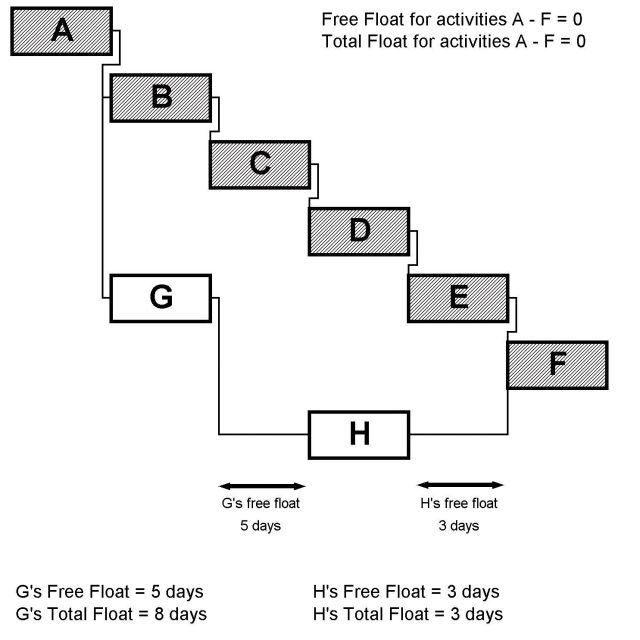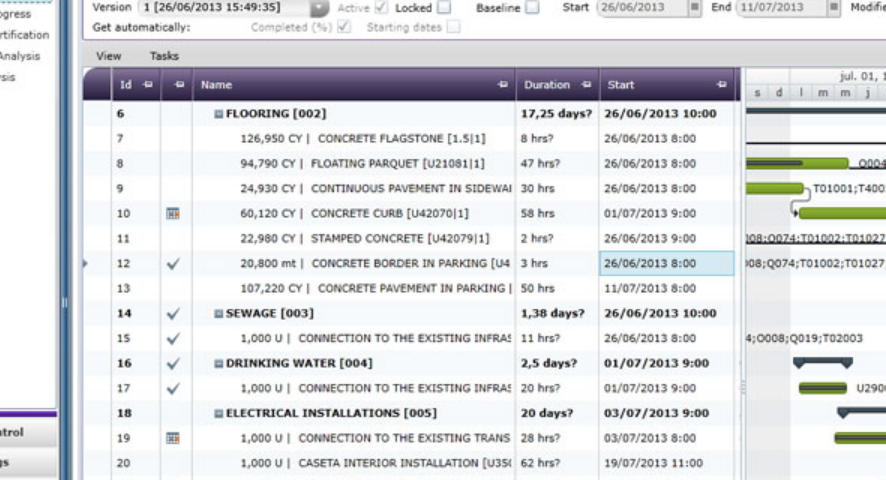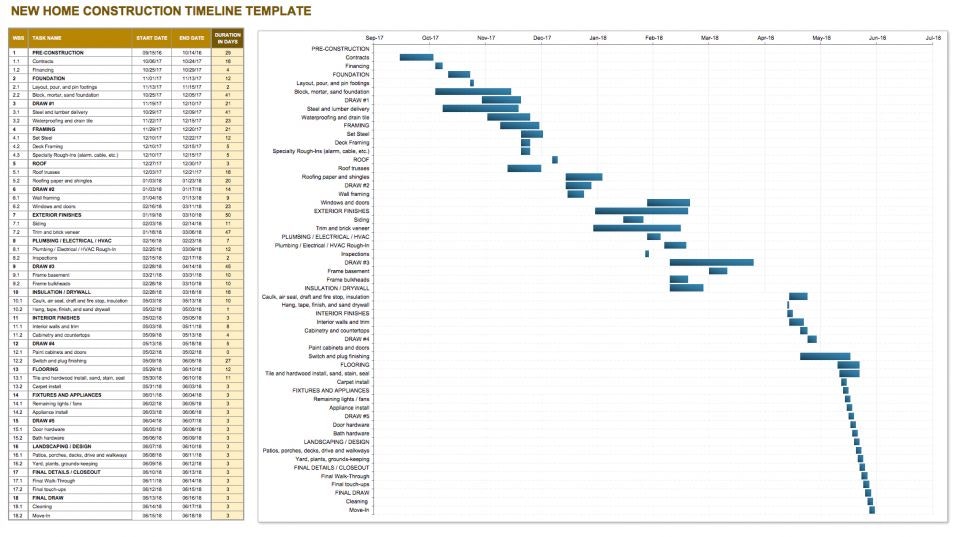5 Best Practices For Fixing Your Construction Schedule (With Examples)
Schedule delays are poison in the construction industry. And yet, firms can’t seem to avoid them completely, no matter how hard they try.
Large construction projects are delayed, on average, by about 20 months, according to a report by global consulting firm McKinsey and Company. Missing deadlines is often the norm in construction rather than the exception, and that means significant real-world costs.
As any construction manager knows, schedule delays have a big impact on the bottom line, and not just because you have to spend more money on labor or because you can’t take advantage of a new lucrative project with all your resources tied up with this one—it can cost you big money in court.
For example, the general contractor building the largest hotel in Austin, Texas filed a lawsuit in 2017 seeking $27 million in damages from a subcontractor because the project fell behind schedule.
While schedule delays are going to happen, you can cut down on them—or at least lower their impact—by implementing these five best practices and using construction software to help you make them a part of your business.
1. Create a work breakdown structure (WBS)
If your team is disorganized, your project is behind schedule, or your workers are struggling to figure out who is responsible for what, it’s time to start using a work breakdown structure (WBS). A WBS helps you break down projects into smaller sections that clearly define roles.
Your WBS should include 100% of the work defined in the project scope—leave nothing out.
Example:
Here’s what a WBS looks like for a typical aircraft system, divided into categories such as air vehicle, data, and industrial facilities.

A Work Breakdown Structure (WBS) for a typical aircraft system (Source)
2. Set reasonable deadlines for activities
Resist the temptation to be overly optimistic. Not being reasonable leads to scope creep.
Every construction manager endures the temptation of setting deadlines for key activities on a construction project that just aren’t realistic. It’s natural: You feel pressured to meet deadlines, and you have a strong belief in your ability to deliver. However, this can have dire consequences once you are in the midst of a project.
There are a few steps you can take to make sure your deadlines are realistic:
Discuss with your team where you have experienced delays in the past so you know which tasks need a buffer.
Use the WBS system above to break the project down into manageable pieces, and assign deadlines to each. You may find the task takes more or less time than you thought when you look at it as individual parts rather than a whole.
Check periodically to make sure the deadlines you set are still valid, and if not, adjust them with input from the team.
Example:
A Gantt chart can help you map out your project so it’s easier to tell when key parts of the project stop and when they start so you can identify where to build more buffer into your timelines.

This Gantt chart created with Microsoft Project shows where parts of a project overlap (Source)
3. Make sure you include float
Building in float or “slack” for the entire project and for critical tasks that would delay the project if they were pushed back is a necessary practice. Specifically, float refers to the amount of time your project can be delayed before it either pushes other critical tasks back or threatens your project completion date.
There’s no magic figure here. You’ll have to use your own common sense as a construction manager and your understanding of how much float you need. Was three days of float not enough last time? Try five days this time around. Keep adjusting until you get it right.
Example:
Here is a simple illustration of how float works, with free float for critical phases and total float impacting the entire project.

An example of free float and total float built into a simple project (Source)
4. Tie each activity to resources
It’s no good to schedule an activity if you don’t have enough drywall for your workers to complete that activity. Then you have to scramble to find materials, likely causing significant delays to your project.
Each task in the schedule, no matter how small, should have specific types and amounts of resources set aside for it. And we’re not just talking about physical materials—resources can mean labor, equipment, or even data. It’s anything that is needed to complete the task.
Example:
BrickControl has a project management platform that shows how resources can be tied to tasks.

BrickControl’s project management platform ties resources to activities (Source)
5. Ask all stakeholders to review your schedule
Think you’ve got everything figured out with your schedule? You don’t. No matter how much attention to detail you possess as an individual, you will always miss something.
Now is the time to involve your entire team, and hopefully you’ve been gathering input the whole time—nothing is worse than putting all that effort into a construction project schedule and then having to completely overhaul it.
Schedule a meeting with all key stakeholders and give them the schedule you’ve drafted in advance so they can offer feedback during the meeting.
Example:
You’ll need a master schedule to present to your team, and this template from Smartsheet gives you a good idea of what kind of format would be most helpful to your crew.

This home construction schedule template from Smartsheet can help you present a master plan (Source)
Next step: Design a procurement project management plan
We’ve given you examples of some simple best practices for building out your schedule, but there’s always the possibility that not even all of these things are enough to prevent a delay. If that’s the case, it’s time to create an even more robust, all-encompassing plan. Here is a list of best practices to use when designing a procurement project management plan, via Gartner (full research available to Gartner clients):
✔ Lay the groundwork for designing a procurement project plan, and ensure all participants understand their responsibilities, process timelines, and expected outcomes.
✔ Create consensus on high-level requirements from global and local stakeholders who have a significant influence over the project outcomes, and clearly define their roles and responsibilities.
✔ Determine the risk level of the project and prioritize more critical risks to monitor.
✔ Define clear accountability for project outcomes over the life cycle of the project.
✔ Determine metrics, timing, and accountability to monitor project performance over its life cycle. Create a process to communicate project status to key stakeholders.
✔ Gather feedback and establish a process to update and maintain the business relevance of requirements and indicators.
Note: The applications selected in this article are examples to show a feature in context and are not intended as endorsements or recommendations. They have been obtained from sources believed to be reliable at the time of publication.